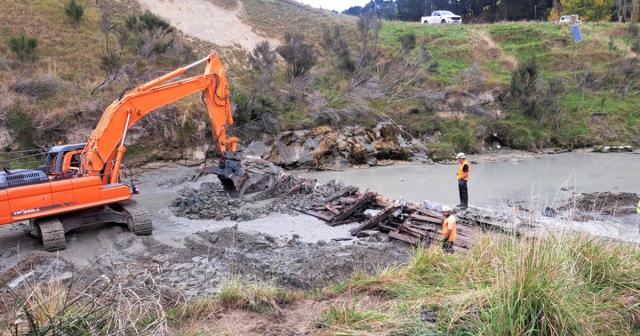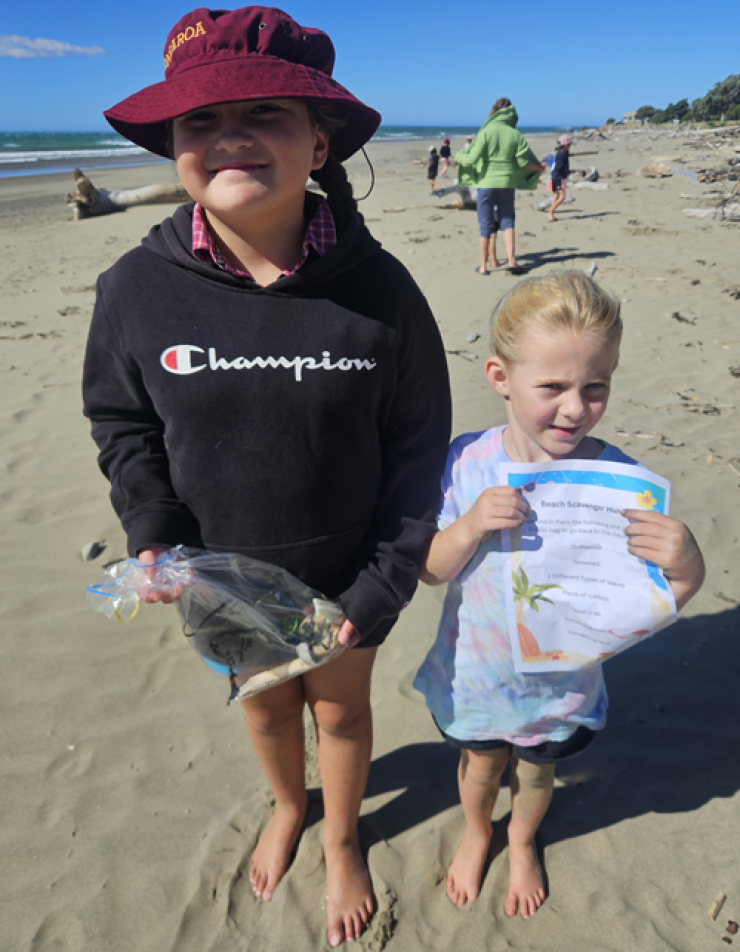Community-led Puketoi to the Pacific Catchment Collective (PPCC), in the Tararua district, is one of the newest collectives in the North Island and is focused on building environmental and economic resilience for future generations.

The area is home to traditionally extensive hill country sheep and beef farms with a strong focus on breeding. Starting at the headwaters in the Puketoi Range, the Akitio, Owahanga and Wainui Rivers flow through a 118,000-hectare catchment to the Pacific Ocean.
The Collective takes in four catchment groups, the Upper Akitio, Lower Akitio, Owahanga and Wainui, each of which is led by a nominated farmer from the area.
When the group was formed in mid-2024 the main focus was to protect and enhance the local rivers. Assisting fish passage and carrying out water testing were pinpointed as two key areas of interest, as well as information and data collection.
The Collective has hit the ground running, with very little to no data on water quality in the catchment on record, monthly water testing is now being carried out at eight sites along the rivers to monitor freshwater health. This will help establish a baseline for water quality in the area.
PPCC chairman, Simon Hales, says freshwater was a big motivator for the group. “For me, it was genuinely around freshwater policy and the lack of data and testing. We recognised there was a big gap out there and a lack of information pertaining to our area in eastern Tararua,” he says. “Groups were forming around us, but we had no representation in that space.”
Community was also a big driver. With a shrinking population base, the Collective was seen as a way to unite people for social benefit. The group believes it can help add value for the farming businesses that form the backbone of the community by exploring ways to utilise technology and stay ahead of the game.
“For an area like ours, having strong, healthy communities and resilient farming businesses is important, to safeguard these farming systems.”
The PPCC recently supported a Horizons Regional Council project to remove the historic rabbit weir at Waione, opening up 440km of habitat for fish in the Akitio River.
The weir was built in the 1880s as part of the Southern Hawke’s Bay Rabbit Fence to try to stop the northward migration of rabbits. Removing the weir opens the upper reaches of the river for fish passage, giving native fish such as tuna (longfin eel), common bully and redfin bully, as well as introduced trout, more habitat for breeding, feeding and living.
The PPCC has partnered with CarbonCrop to understand their catchment, identify priority areas for new planting and map existing native forest to be entered into the ETS, diversifying income streams and helping create sustainable farming businesses for the long-term.
It has also funded an Enviroschools co-ordinator and works alongside the two local schools, Pongaroa and Weber, who are part of the Enviroschools initiative.
B+LNZ supports catchment community groups and has a range of resources for farmers on the Knowledge Hub.

Enviroschools beach day